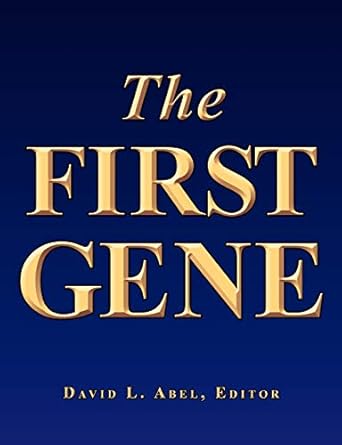
The First Gene: The Birth of Programming, Messaging and Formal Control
“The First Gene: The Birth of Programming, Messaging and Formal Control” is a peer-reviewed anthology of papers that focuses, for the first time, entirely on the following difficult scientific questions: *How did physics and chemistry write the first genetic instructions? *How could a prebiotic (pre-life, inanimate) environment consisting of nothing but chance and necessity have programmed logic gates, decision nodes, configurable-switch settings, and prescriptive information using a symbolic system of codons (three nucleotides per unit/block of code)? The codon table is formal, not physical. It has also been shown to be conceptually ideal. *How did primordial nature know how to write in redundancy codes that maximally protect information? *How did mere physics encode and decode linear digital instructions that are not determined by physical interactions? All known life is networked and cybernetic. “Cybernetics” is the study of various means of steering, organizing and controlling objects and events toward producing utility. The constraints of initial conditions and the physical laws themselves are blind and indifferent to functional success. Only controls, not constraints, steer events toward the goal of usefulness (e.g., becoming alive or staying alive). Life-origin science cannot advance until first answering these questions: *1-How does nonphysical programming arise out of physicality to then establish control over that physicality? *2-How did inanimate nature give rise to a formally-directed, linear, digital, symbol-based and cybernetic-rich life? *3-What are the necessary and sufficient conditions for turning physics and chemistry into formal controls, regulation, organization, engineering, and computational feats? “The First Gene” directly addresses these questions.